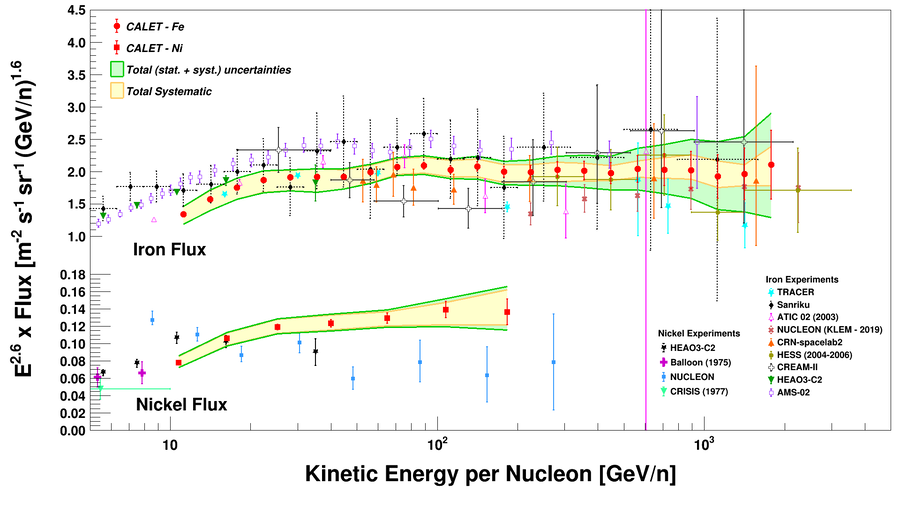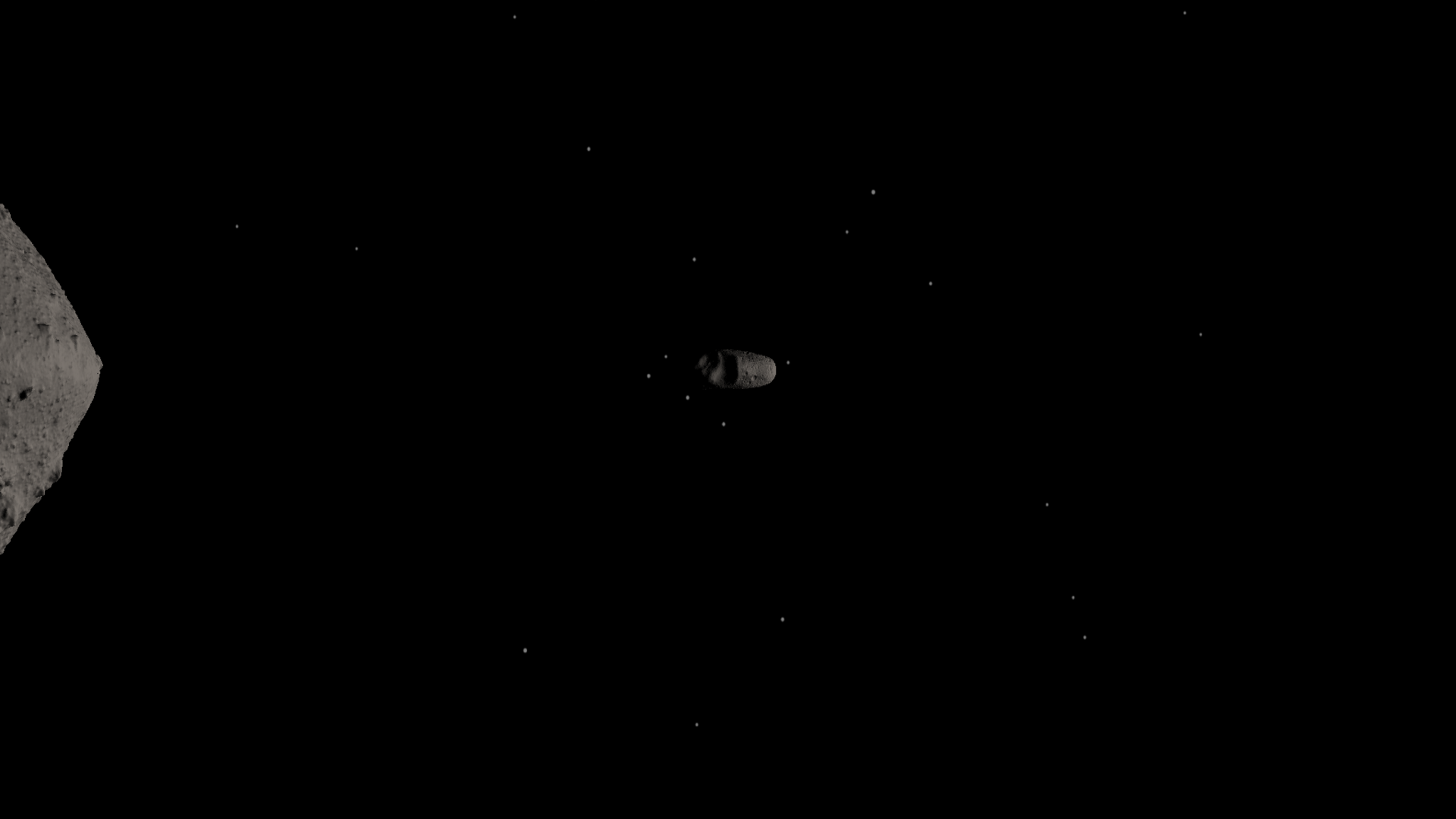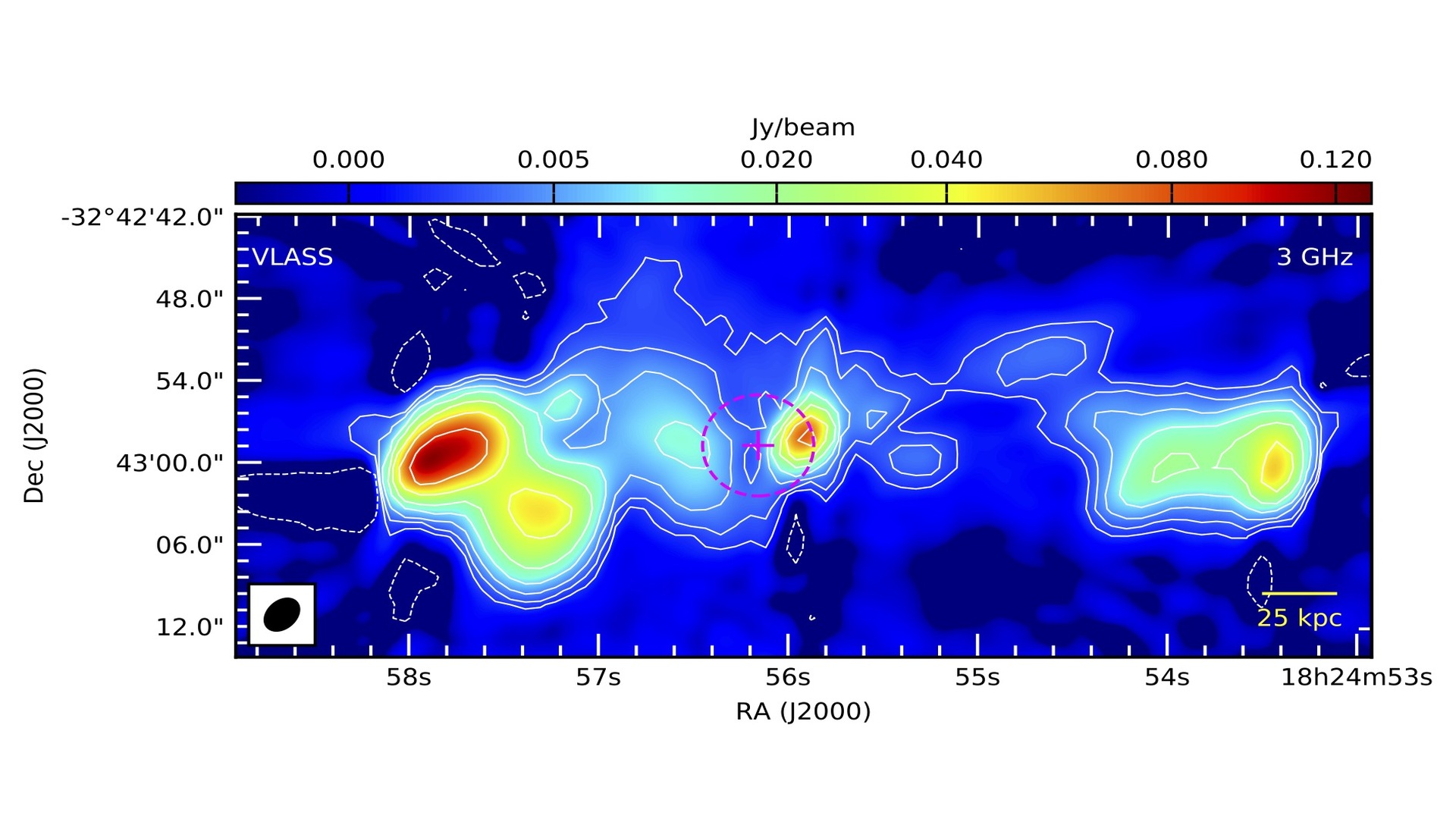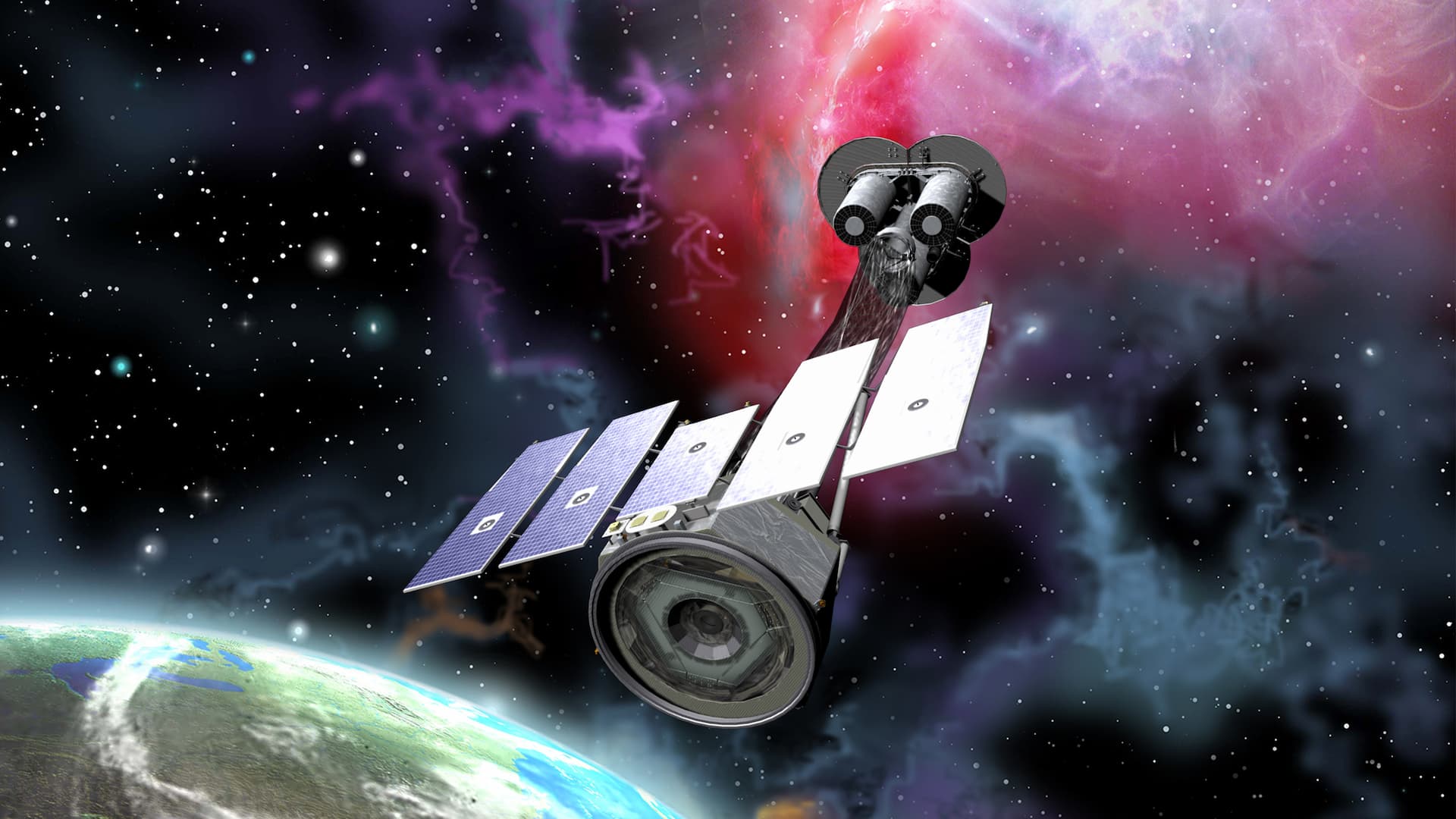The Calorimetric Electron Telescope (CALET) is a “cosmic-ray hunter” mission in operation on the International Space Station. Optimized for the detection of high energy electrons, it can also identify individual nuclear species from proton to heavy nuclei (up to atomic number Z=40) and measure their energy spectra with a thick lead-tungstate calorimeter.
The CALET collaboration (Japan, US, Italy) announces the publication on Physical Review Letters [PRL 128, 131103 (2022)] of their latest measurement of the nickel spectrum, in the energy range 8.8 GeV/n to 240 GeV/n, surpassing in energy reach and precision all previous comic-ray nickel measurements.
It follows the recent paper [PRL 126, 241101 (2021)] by the same collaboration reporting a precision measurement of the iron spectrum from 10 GeV/n to 2 TeV/n. The new result is based on more than five years of data collected on the JEM/EF external platform of the ISS since CALET deployment by JAXA in 2015.
Iron and nickel cosmic-ray nuclei play a key role in understanding the acceleration and propagation mechanisms of charged particles in our Galaxy.
“Being the most abundant nuclei among the heavy elements, they provide favorable conditions for a low background measurement thanks to the negligible contamination from higher mass elements”, explains prof. Pier Simone Marrocchesi of the University of Siena, PI of the Italian participation in CALET.
Despite cosmic-ray nickel is much less abundant than iron, this unprecedented measurement was able to confirm that both elements have very similar fluxes in shape and energy dependence. This suggests that their origin, acceleration, and propagation might be explained invoking an identical mechanism in the energy range explored so far.
Within the present experimental errors both spectra are consistent with a single power law.
The CALET experiment is a Japanese lead mission by JAXA, in collaboration with NASA and ASI with a strong participation of Italian scientists. It has already published important results on electron, proton and light nuclei spectra in the multi-TeV energy region.
Fig.1 CALET on the exposure facility JEM-EF of the International Space Station.
Fig.2 Compilation of iron and nickel fluxes multiplied by E2.6 as a function of kinetic energy/nucleon E (in GeV/n) with CALET experimental points (in red).





